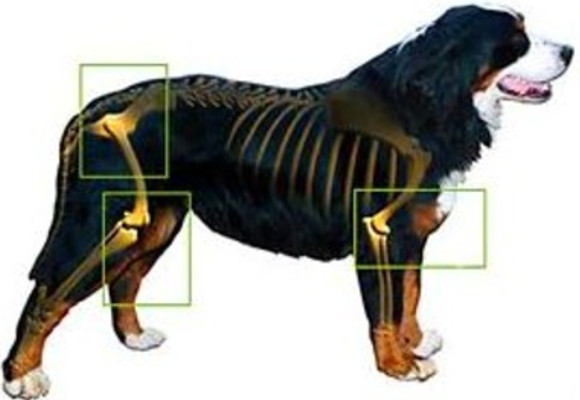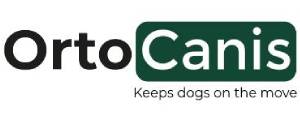What do we mean by osteoarthritis?.Osteoarthritis is a degenerative joint disease, inflammation, degeneration, increased synovial volume, flushing heat and pain.
If we analyze the pathophysiology of osteoarthritis, found that osteoarthritis is a chronic disease characterized by joint pain, and affects the functional capacity and consequently alters the quality of life of patients.

Structural, histological and biochemical changes are mainly in the articular cartilage. Currently we include osteoarthritis in diseases which occur in the joint of a joint. Cartilage, synovium and subchondral bone, irrespective of the reflected or synovial inflammation occur for many of the signs of arthrosis. Besides edema, swelling, heat, rednessor.
There are already studies confirming the relationship between synovitis and chronicity and progression of the arthritic process. In short it is an inflammatory process in which several histologically distinct elements involved. The joint capsule, ligaments and the Intraraticulares insertion sheaths, the chondral bone, healthy cartilage, which is usually not supported, damaged cartilage, synovial fluid and synovial membrane.
Each of these structures presents various tissue characteristics, this involves, innervation, blood flow, intraarticular osmotic exchange capacity, with different resistances and biomechanically different.
The only common denominator in all these structures is the synovial membrane and synovial fluid. The synovium and synovial fluid interface representing elements within the joint. When the joint is normal help transport and movement of its parts óseasarticulares smooth and harmonious. In a moving knee, the synovial membrane forms fourstems separating or dividing the knee in four hemispheres, the patella slides intercondilarmente with friction needed to produce flexion extension, the tibia, and meniscus, weight bearing posterior third, transmitting forces through the femoral condyles , which in turn in the motion of the animal, rotate on the meniscus, causing a translational movement. (CIR, instantaneous center of rotation). And so we could go decomposing the motion in all joints.
The synovial fluid lubricates the joint and help with your volume to maintain consistency articular synovium, nourishes the liquid part of the joint and acts as a source of exchange biochemistry. Cartilage is nourished or enriched exchange movements compression distraction synovial fluid.
Since the bony structures and capsule, synovial plicae or synovial membranes, which take different forms, depending on the condition of the joint, we know by villi, highly vascular structures appear. They have a way of hanging curtains and sometimes have floral shapes, fern, leaves etc.
Arthroscopically through arthroscopic intervention is the only way to appreciate the synovium. Watanabe, Japanese physician, mid-twentieth century, published a very valuable work, which classified joint injuries, from the ways of the synovial membrane, relapse and recurrence in form. (Posted in Argos) From this knowledge, we realize that besides the degenerated cartilage, subchondral process, inflammation of tendons and sheaths, which certainly produces more pain in artrosicos processes is synovitis. Inflammation of the synovial membrane to deform villous change and articular bulking are starting points to be addressed. There have been studies on the action of chondroitin sulfate on the synovitis on joint effusions.
The GAIT study, led by Dr. Daniel O. Clegg, University of Utah. USA. It was found that taking glucosamine and chondroitin sulfate, improved synovitis situations, gaining flexibility and reducing pain.
Acts as chondroitin sulfate, acts to reduce the intensity of pain and improving joint function, having antiinflammatory action, which improves joint congruency and hencepromotes functionality, extension flexion. Decreases pain mechanisms that deal with reduced production of phospholipase A2 (PLA2) COX PGE2 concentration 2Y.
We can also mention the ability to synthesize chondroitin matrix components of cartilage, type II collagen, proteoglycans and glycosamino glycan, causing the reduction of joint space, articular congruity favoring by reducing the liquid volume intraraticular. Other recent studies have assessed the action of chondroitin sulfate in mitochondrial activity, human osteoarthritic encondrocitos. By improving despolarizándola basal mitochondrial activity enhances the synthesis of ATP (cellular energy and transmitter feedback). Biochemically with this assay value your ability to act on the matrix of the problem, and ultimately if it helps metabolize regenerate, and inflammation, producing an analgesic effect.
It has been shown that the synovitis in the knee arthrosis patients is a significant risk factor of cartilage degradation, and consequently favors the progression of the disease.
The assessment of severityDisease progression synovitis and is very important. The diagnosis is always by arthroscopy, or MRI. This knowledge helps us to evaluate what type of medication to take. Ultrasonography is starting to assess knee joint synovitis in above. And if the idea is to clean the joint, the arthroscopic approach is the best. We will make a joint lavage, we may synovial biopsy that interest us, and we can shave the joint, making a sinevectomia. Finally we say that the relationship between inflammation of the synovial membrane in osteoarthritic process, from a number of triggers that have to do with the mechanical stress on the joint, and the microcrystals and certain products from degeneration cartilage, garbage intraraticular.
These products act antigenic comopartículas, in response to which the synovium synthesizes a series biochemical demediadores catabolizadores which are known to destroy cartilage matrix. This process ultimately results in the destruction of cartilage. We could devote more posts to changes and situations surrounding osteoarthritis synovium the great unknown, and aid from all drugs quand are ultimately helping the arthritic joint. We can say that today, the best solution, in front of an arthritic joint with good joint congruency, is cleaning articular arthroscopic, the sinevectomia, shaving articulate, washing with Ringer's lactate, and washing with Pavidona Iodine, left the ready to begin a joint process neoregeneracion. Growth factors, and the Forage, make an animal patient without pain and functional. Your monitoring will involve the use of chondroprotective always, a special diet, animal age with joint problems, and in times of crisis or trauma unwanted inflammatory COX II type. Prudence and minimal invasiveness are always greatly appreciated by the arthritic joint.
Argos in the journal articles,Alexandre Tarrago Riverola, CVSF (Holy Family Veterinary Clinic). Ivot (Veterinary Institute of Orthopedics and Traumatology). CEV (Veterinary Specialty Center).

